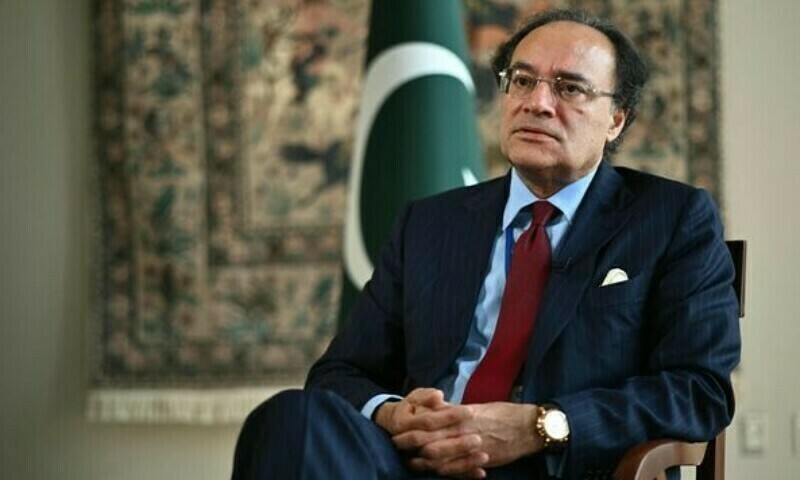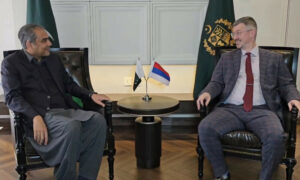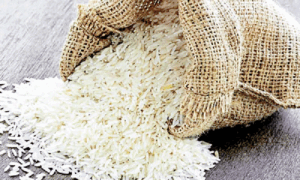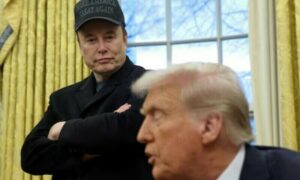KARACHI: It is very easy to get trapped into a boom-bust cycle again, warned Finance Minister Muhammad Aurangzeb on the opening day of the two-day Pakistan Banking Summit on Monday.
Comparing the stabilisation phase to a “sugar rush,” he stressed the need for prudent decision-making to ensure this becomes Pakistan’s last programme with the International Monetary Fund. For that to happen, he emphasised, exports must drive economic growth.
While reaffirming support for textile, agriculture, and IT exports, he made it clear that the responsibility extends beyond these sectors. “Every single sector in the country has to contribute to exports,” he thundered, drawing applause from the audience. However, it is easier said than done.
As the finance minister has pointed out on several occasions in the past, ‘we know what needs to be done, we just need to do it’.
Aurangzeb wants regulatory regime for cryptocurrencies
While boosting exports has always been a challenge, President Donald Trump’s second term in the White House has changed the landscape, as highlighted by different speakers.
Globalisation is not inevitable anymore, and US isolationism and protectionism are here to stay, said Global Head — Macro and Strategic Asset Allocation Fidelity International Dr Salman Ahmed. Since the US is one of Pakistan’s top export markets, this is a sobering reflection of the new challenges ahead as trade policies shift. The US is the world’s biggest consumer, and the tariff and trade wars sparked in recent years are for access to the American consumer.
Among the different industries at play beyond Pakistan’s conventional exports are defence and AI, neither of which is Pakistan’s forte in terms of exports. Europe, another top market of Pakistan, will increase defence spending to about 5pc of GDP, which amounts to an additional €700 billion in spending, said Mr Ahmed.
Identifying those trends, China has been shifting from ‘factor to fortress’, which will have major implications for global trade in the next five to 10 years. However, with the advent of AI, this change may happen faster than expected.
As Pakistan moves beyond the stabilisation phase in pursuit of export-driven growth, it will encounter a dramatically altered global market — one where protectionism is rising, technological advancements are reshaping industries, and the rules of trade are being rewritten.
At home, Pakistan’s banking sector remains among the most vital ones for the economy, says Zafar Masud, chairman of the Pakistan Banking Association (PBA) and the CEO of Bank of Punjab. Surpassing the oil and gas sector as the biggest taxpayer in Pakistan, the banking sector pays about 60pc of the taxes, he said. However, Mr Masud clarified that it is not because of its recent streak of record bottom lines but rather because of the high tax rates levied on the profitable sector.
About 99.8pc of budgetary deficit support to the government comes through the banking sector, and 49pc of assets-to-GDP are banking assets, which is a reflection of how the banking sector is contributing towards the economy, said the chairman of PBA.
However, he added that the sector is fighting for its survival because of the different taxes levied.
Cryptocurrencies
Other than focusing on the traditional financing sector, there was a running streak through the presentations about the rise of alternate investments and technologies in the financial sector, such as cryptocurrencies, blockchain technology, and central bank digital currencies.
Here, the finance minister acknowledged that cryptocurrencies are already in vogue in Pakistan. “Even if the numbers are one-fourth of what is predicted, we need to be ahead of the cycle regarding a regulatory regime,” he said.
A Federation of Pakistan Chambers of Commerce and Industry report stated that Pakistan had about $20 billion in crypto investments. Touching on blockchain technology, the minister said there is still a long way to go to move things in the right direction.
The finance minister correctly identifies population growth and climate change as Pakistan’s two main existential threats. However, the rapidly evolving technological and trade landscapes add further complexities, making the already difficult path to growth even more daunting.
Published in Dawn, February 25th, 2025
- Desk Reporthttps://foresightmags.com/author/admin/









